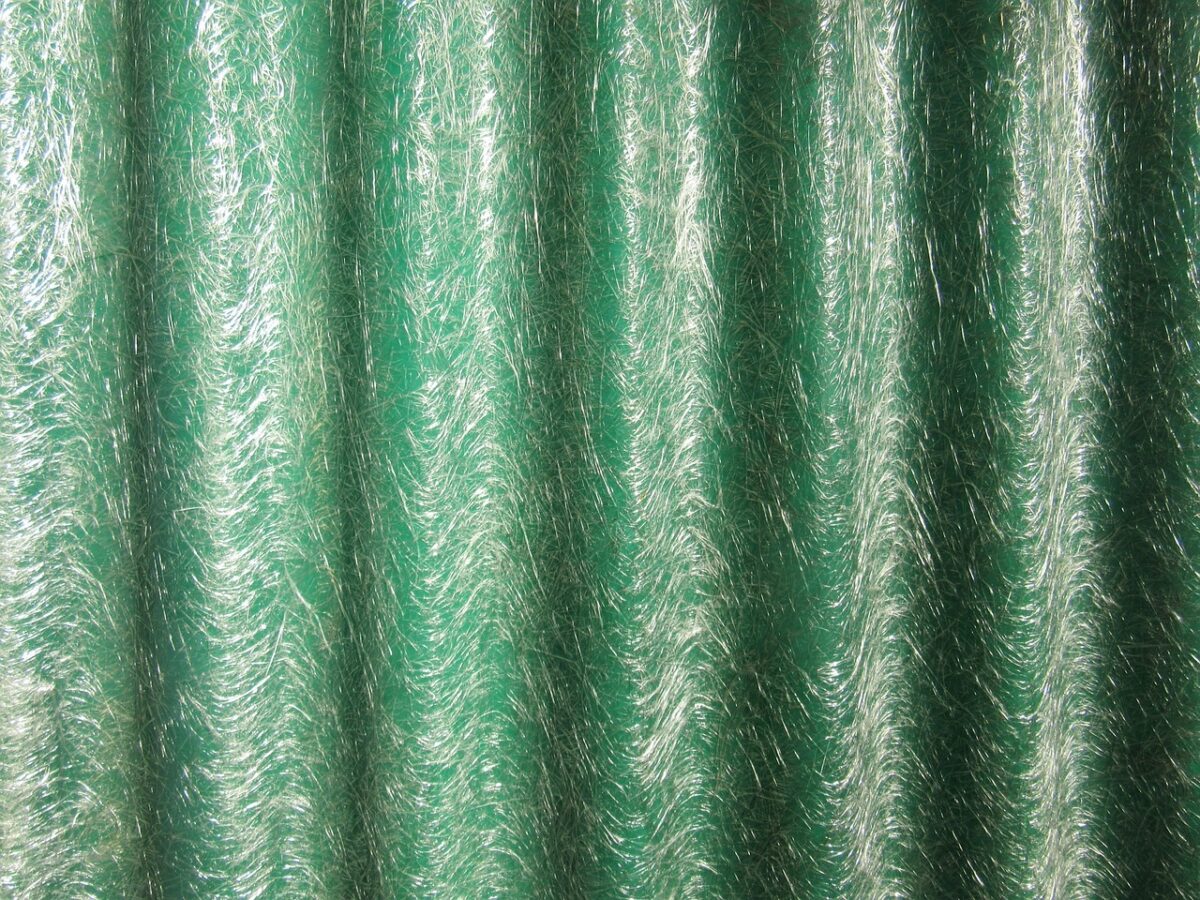BLOG
EPA Issues Direct Final Rule to Amend the Wool Fiberglass Manufacturing NESHAP

Sources:
EPA, Direct Final Rule, National Emission Standards for Hazardous Air Pollutants for Wool Fiberglass Manufacturing; Flame Attenuation Lines, 82 FR 34858, July 27, 2017 EPA, Proposed Rule, National Emission Standards for Hazardous Air Pollutants for Wool Fiberglass Manufacturing; Flame Attenuation Lines, 82 FR 34910, July 27, 2017